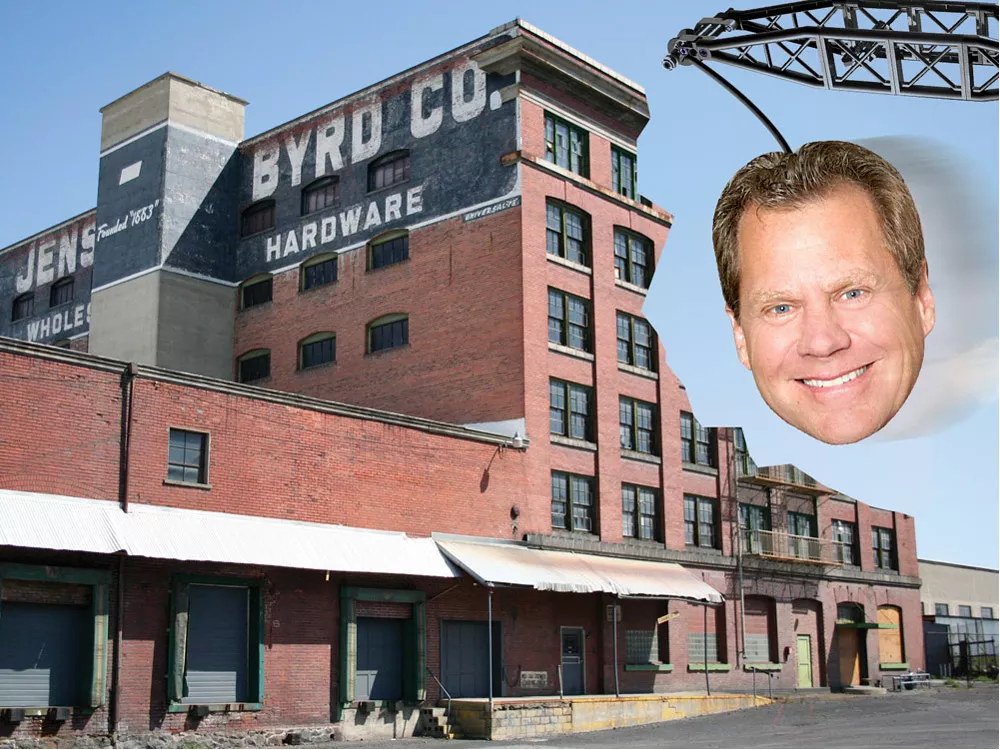After threatening to pull its housing project unless it got the Spokane City Council’s tacit support, a Texas-based company is now set to demolish the Jensen-Byrd building.
Ironically, the deciding vote came from Councilman Steve Salvatori, a historic-building enthusiast and the co-sponsor of a resolution seeking to find a way to save the 102-year-old warehouse from demolition.
That non-binding resolution failed in a 4-3 vote. The building, located on West Main Avenue in the University District, is owned by Campus Advantage, which plans to demolish it this spring or summer, and build housing for more than 400 students.
“It was a really hard vote for me,” says Salvatori, adding that testimony changed his vote in favor of Campus Advantage’s plan. “If anyone saw that [meeting], I was aging in dog years up there.”
Matt Cohen, president of Spokane Preservation Advocates, says he was surprised by Salvatori’s vote.
“We expected Steve Salvatori to vote for it, because he cosponsored it with Jon Snyder,” Cohen says.
But Salvatori says that Campus Advantage and Washington State University, which sold the property to the company, both decided the building wasn’t worth preserving.
“You can’t have preservation without a willing owner, and we did not having a willing owner,” Salvatori says.
Scott Duckett, executive vice president for Campus Advantage, says his company’s threat to withdraw from the approximately $25 million project was necessary to shield its investors from new attempts to scuttle the project.
“We didn’t want to get several million dollars into this deal to find out they’re not supportive,” Duckett says, referring to the city.
Duckett says that his company looked for ways to save the warehouse. Costs estimates for renovating it were too high, partly because three of its floors have low ceilings.
About 30 people spoke during the council’s public hearing regarding the Jensen-Byrd. Over two-thirds supported saving the warehouse.
Cohen, president of the preservation group, was among those who spoke to save the warehouse.
“It’s a false choice to say it’s either the historic building or student housing,” says Cohen. He adds there were other places that housing could have been built on the property.
The Jensen-Byrd matters, according to Cohen, because of its formal, classical detailing: its cornices, its arches with keystones over the windows.
“It represents this connection between city and university, and past and present, and values of durability and ... sustainability,” Cohen says.





















